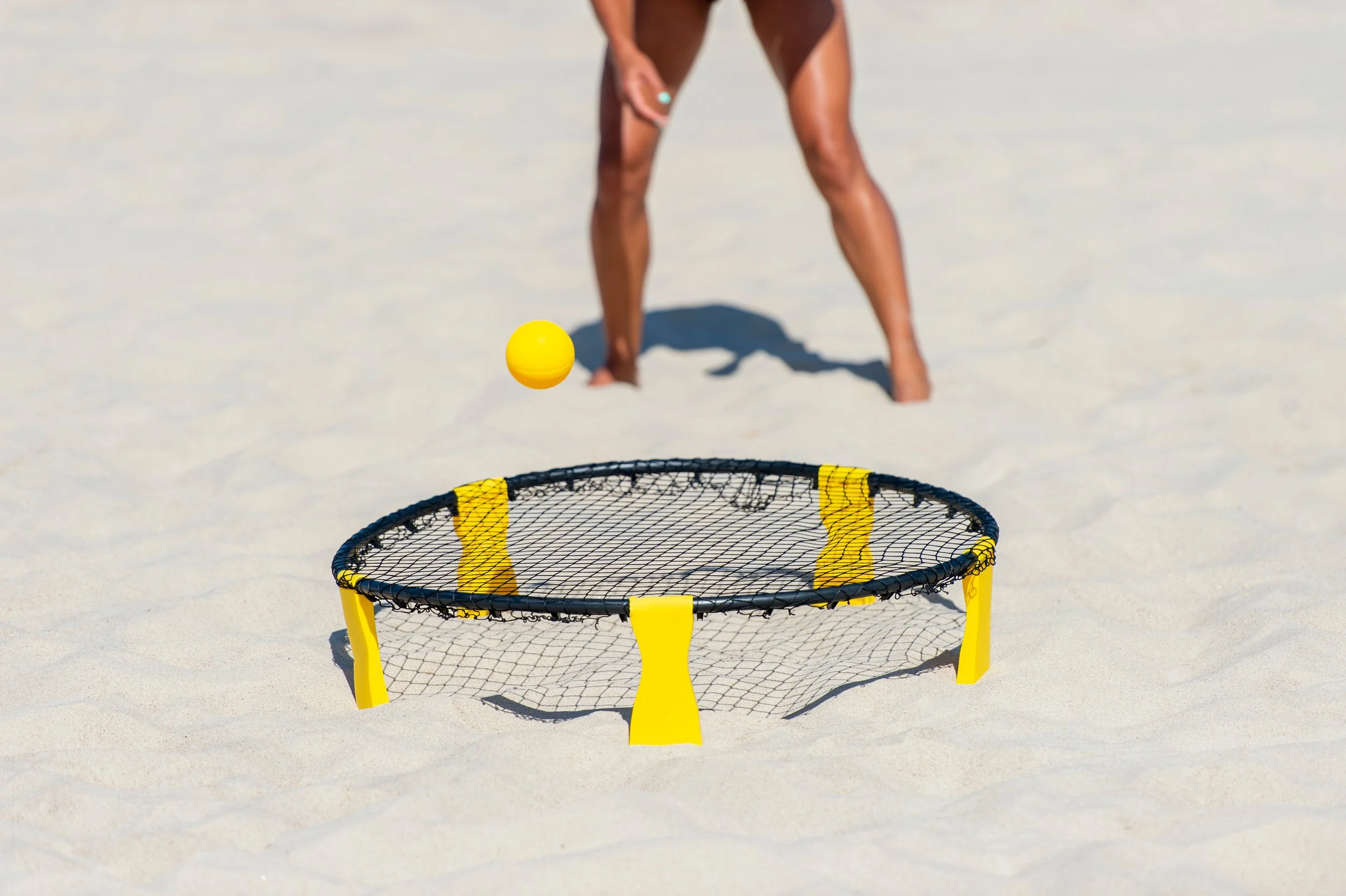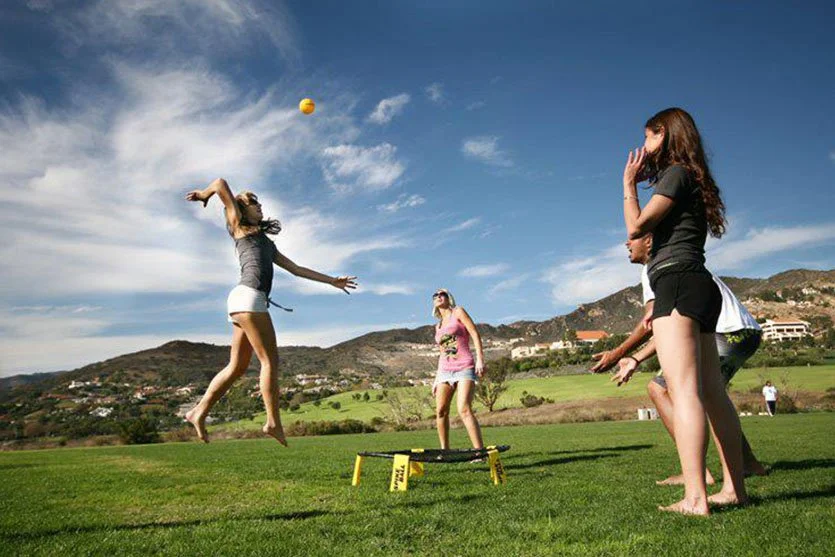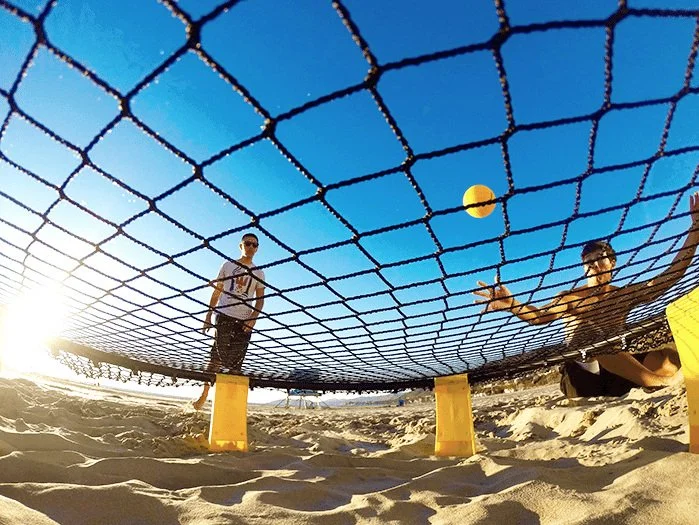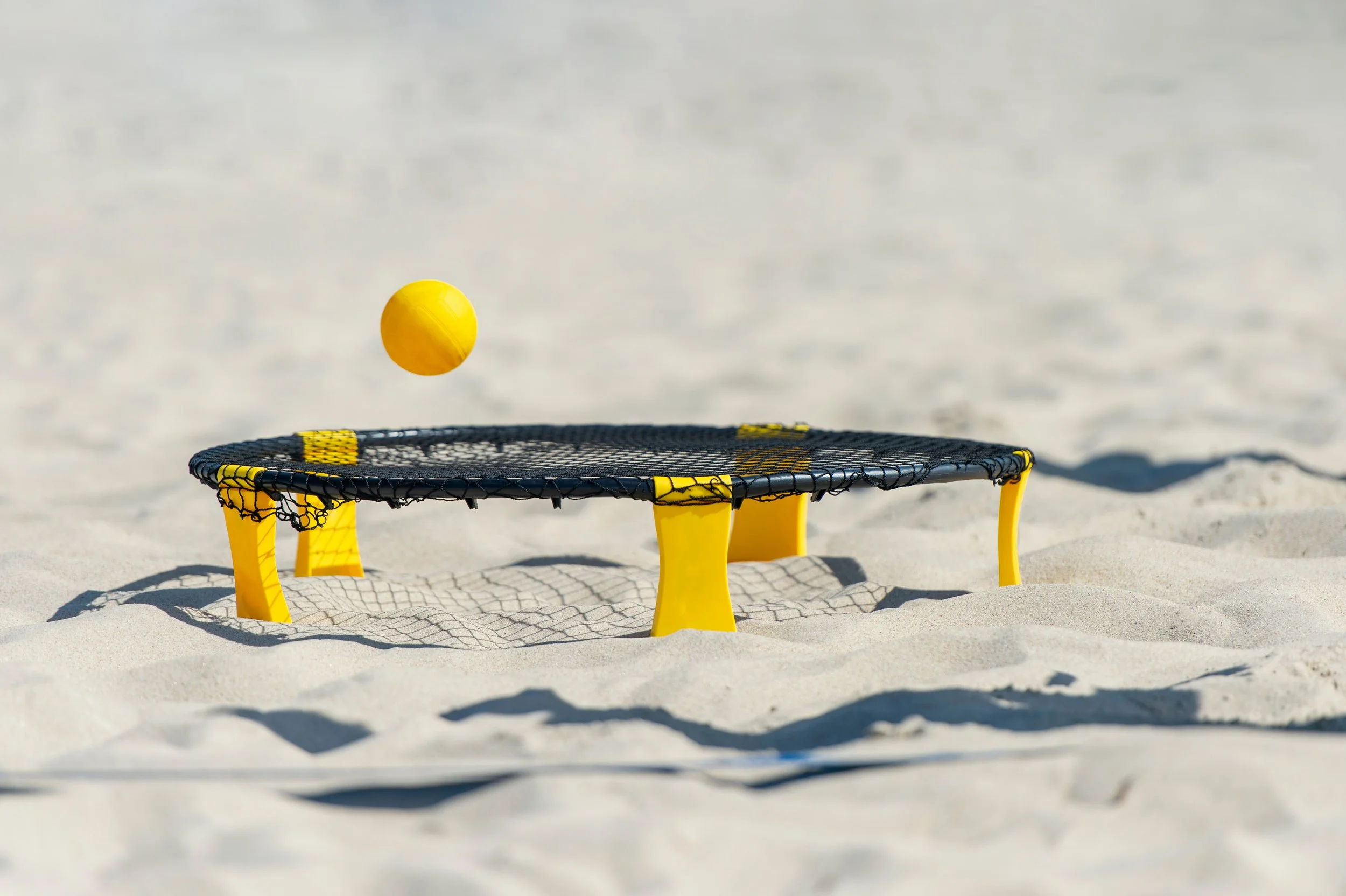Bump, Set, Spikeball!
A physical Therapists approach to Spikeball
Summer is here! With the spring we’ve had, most of us have been long ready for some sunshine here in the Pacific Northwest. What better way to enjoy the warm weather than by being active outside? One of my favorite sports to play this time of year is Spikeball. It’s fast paced, easy to set up, and doesn’t require too many people to play. What is Spikeball?Think four square meets volleyball. Spikeball (also known as Roundnet), is traditionally played 2 vs 2 with a circular net placed on a ground. Each team has a maximum of three hits to spike the ball against the net to change possession of the ball. The first team to miss the ball or net loses the round. It can be played on various surfaces, but my favorite is to take it to the beach and play on some sand! Click on the link to learn more about the basics of spike ball.
““Spikeball is the best sport in America” ”
What are the most common injuries that occur in Spikeball?
Spikeball is a fast-paced sport that requires agility, lateral movements, and quick reaction times. Due to the nature of those movements– think cutting, jumping, and landing on one leg– ankle sprains or knee injuries are the most likely possibilities for this sport. Working with your local physical therapist on single-leg strengthening and stability can help you prevent these kinds of injuries, or help you recover from them and get back to playing the best sport in America.
Exercise considerations to help train for Spikeball
It’s all about instability training! One of the best ways to prevent injuries that occur from unexpected tripping or collisions is to challenge your balance and stability. In order to prepare yourself for high-paced sports, it’s best to work on a variety of different balance exercises.These kinds of interventions are also applicable to many other sports– soccer, football, basketball, and lacrosse. Here are some examples of different types of balance training that you might include in your workout routine.
Dynamic balance is the body’s ability to maintain stability while you are performing exercises such as running or hopping. To challenge this system you can perform Y lunges. This is a great single leg strengthening exercise that will challenge your multidirectional balance, as well as overall strength. It involves performing a lunge in three different directions to draw out a Y pattern.
Proactive balance is the body’s ability to maintain stability with an expected disturbance from an external factor. One of my favorite exercises for this includes performing a single leg stand while swinging a weight such as a kettlebell around your body. Too easy? Try closing your eyes. Click on this link for a video demonstration.
Reactive balance is the body’s ability to maintain stability when experiencing an unexpected disturbance. Quickly reacting and being able to stay upright after tripping over someone’s foot or stepping into a hole is an everyday example of reactive balance. There are many different variations on this skill– work with your local physical therapist for some exercises to train this safely and effectively.
What can physical therapy do for you?
Balance training alone isn’t going to prevent injuries. Working with a physical therapist to help develop an exercise program that focuses on important aspects– single leg strengthening, speed and coordination, and jump/landing training– will make for a well rounded rehabilitation program that helps decrease the risk of injury and allows you to keep participating in activities you love to do.
AUTHOR:
Hork Do, PT, DPT
LWPT Redmond Physical Therapist
CONTRIBUTORS:
Ben Wobker, PT, MSPT, CSCS, CFSC, SFMA
Founder & Director Lake Washington Physical Therapy
References
Kiss R, Schedler S, Muehlbauer T. Associations Between Types of Balance Performance in Healthy Individuals Across the Lifespan: A Systematic Review and Meta-Analysis. Front Physiol. 2018 Sep 28;9:1366. doi: 10.3389/fphys.2018.01366. PMID: 30323769; PMCID: PMC6172339.
Ambrose AF, Paul G, Hausdorff JM. Risk factors for falls among older adults: a review of the literature. Maturitas. 2013 May;75(1):51-61. doi: 10.1016/j.maturitas.2013.02.009. Epub 2013 Mar 22. PMID: 23523272.
Facts about falls. Centers for Disease Control and Prevention. https://www.cdc.gov/falls/facts.html. Published August 6, 2021. Accessed January 5, 2022.
Keller K, Engelhardt M. Strength and muscle mass loss with aging process. Age and strength loss. Muscles Ligaments Tendons J. 2014;3(4):346-350. Published 2014 Feb 24.





